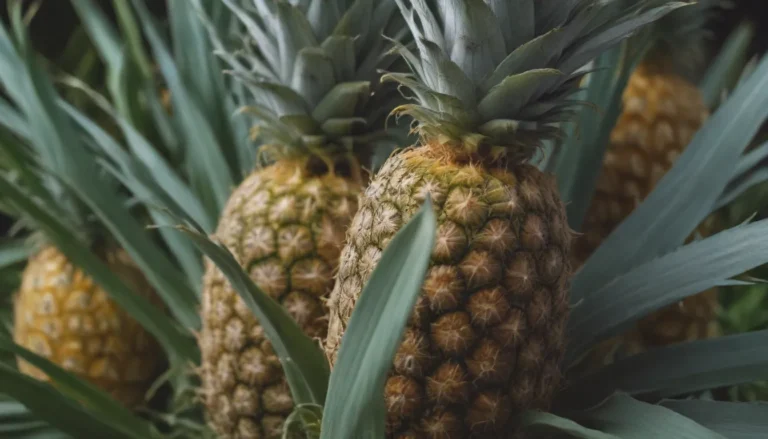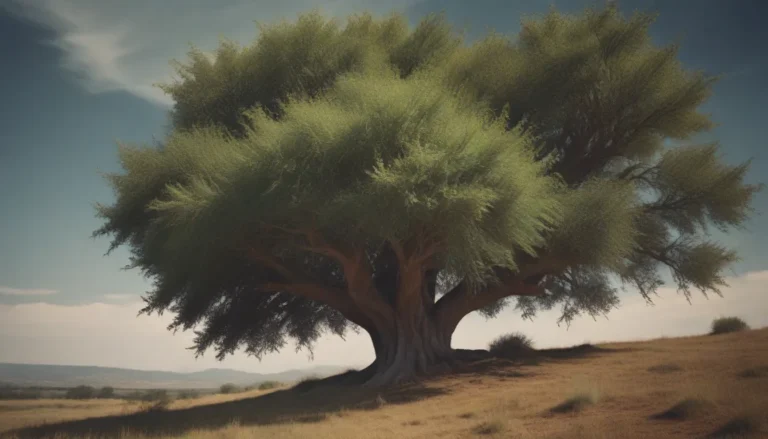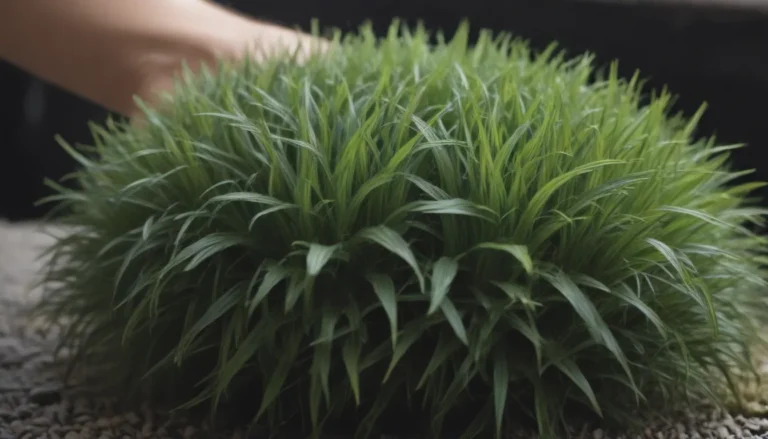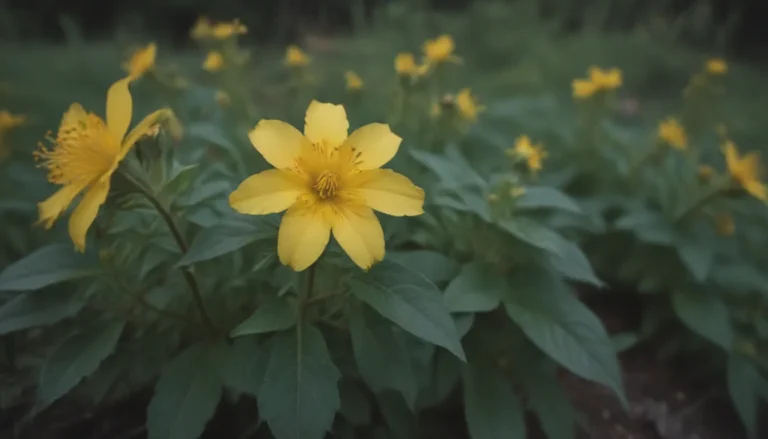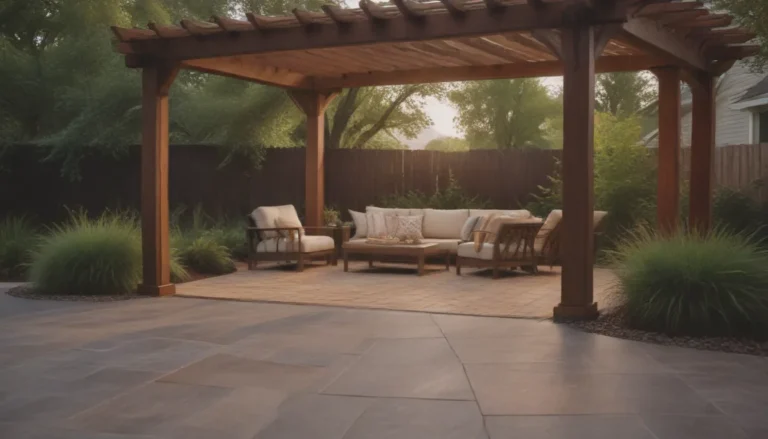Can You Reuse Potting Soil? A Comprehensive Guide
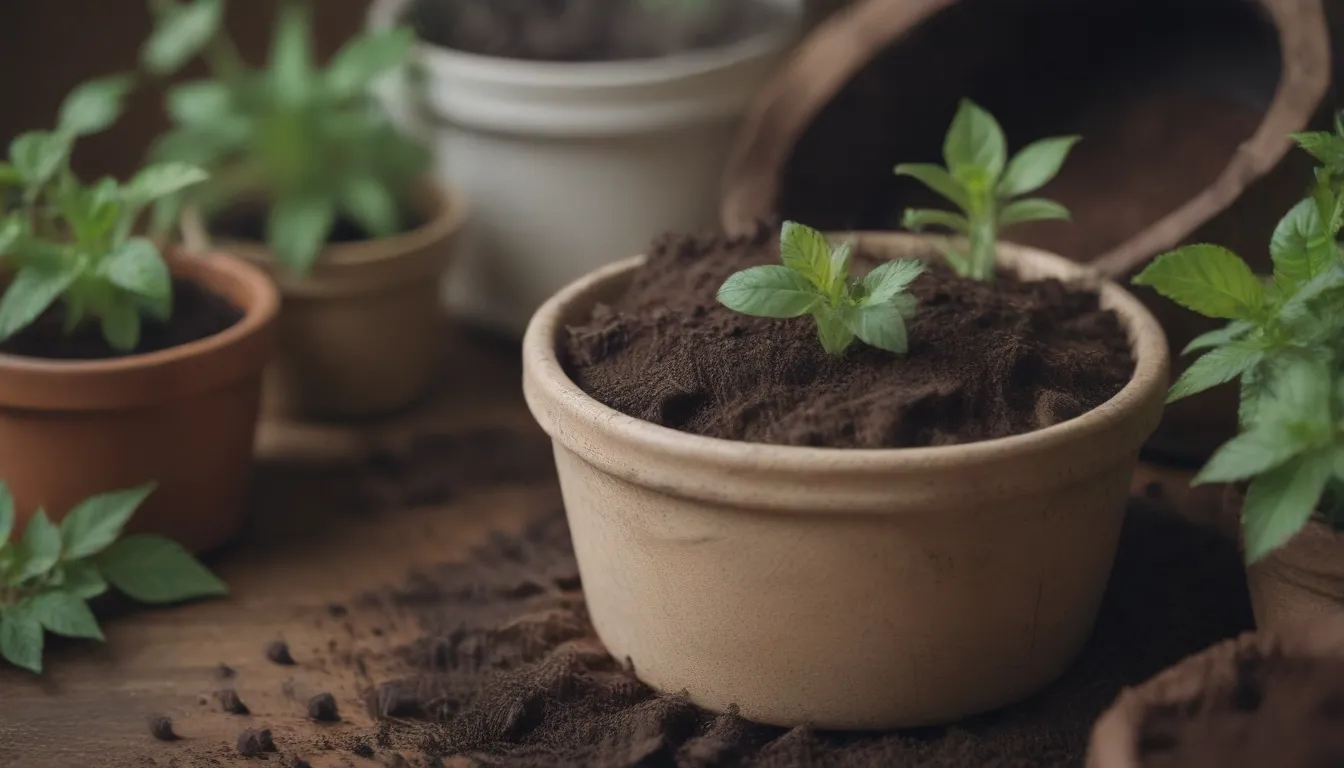
Are you a plant enthusiast looking to save money and reduce waste by reusing potting soil? If so, you’re in the right place! Potting soil is a crucial element in maintaining the health and vitality of your plants, but is it possible to reuse it year after year? In this detailed guide, we’ll explore the ins and outs of reusing potting soil, including expert tips, best practices, and everything you need to know to ensure your plants thrive. So sit back, relax, and let’s dive into the world of potting soil reuse!
Understanding Potting Soil: What You Need to Know
Before we delve into the process of reusing potting soil, let’s first understand what potting soil is made of and why it’s essential for your plants’ well-being. Potting soil is a blend of in-ground soil and organic materials designed to provide plants with the nutrients they need to grow and flourish. This nutrient-rich mixture typically consists of dirt, sand, clay, and loam, fortified with organic elements to enhance its nutritional value.
It’s important to note that potting soil is not a one-time use product. With proper care and maintenance, you can reuse potting soil season after season, saving you money and reducing waste. However, as Rebecca Sears, CMO & Resident Green Thumb at Ferry-Morse, advises, “Most potting soil is best within two years, so it’s essential to keep track of when you purchased it.”
How to Reuse Potting Soil: Expert Tips and Best Practices
So, you’ve decided to reuse your potting soil—now what? Charlotte Ekker Wiggins, an author and Master Gardener, recommends mixing old soil with new soil to refresh it before reuse. This simple yet effective method can help rejuvenate your potting soil and ensure your plants continue to thrive.
But what are some other tips and tricks for reusing potting soil like a pro? Here are some expert suggestions to help you make the most of your potting soil:
Steps for Reusing Potting Soil:
- Mix old soil with new soil to refresh it
- Add potting soil to existing flower beds and compost bins
- Keep potting soil moist to prevent drying out
- Test the pH level of the soil before reuse
According to Wiggins, “Leaving potted soil outside over winter to get rain and snow can help refresh it naturally.” By following these simple steps, you can ensure that your potting soil remains nutrient-rich and ready for the next planting season.
Nutrient Management: A Key Component of Potting Soil Reuse
As plants grow and thrive, they deplete essential nutrients from the soil, which must be replenished before reuse. Rebecca Sears recommends using an all-purpose, slow-release organic plant food to restore the nutrients in your potting soil. This can be as straightforward as adding compost, fertilizer, or plant food to the soil to give your plants the nutrients they need to flourish.
Additionally, Sears suggests testing the pH level of the potting soil to ensure it is in a neutral state before reuse. A pH level between 6.5 and 7.5 is ideal for most plants, and you can easily test the pH level of your soil with a soil test kit. If the pH level is too low, add soil amendments with more nutrients, while if it’s too high, consider adding sulfur or sulfuric acid to balance it out.
Choosing the Right Plants for Recycled Potting Soil
Different plants have varying nutrient needs, so rotating your plants each year can help create a healthy environment for both your plants and the recycled potting soil. For example, Sears recommends planting impatiens and Snackabelle peppers in alternated years to maximize the effectiveness of the recycled soil. By rotating your plant varieties, you can ensure that the soil remains fertile and nutrient-rich year after year.
Addressing Pests and Diseases: A Precautionary Measure
Before reusing potting soil, it’s essential to check for pests and diseases that may be lurking within the soil. If you suspect contamination, don’t panic—there are simple steps you can take to decontaminate the soil before reuse. Charlotte Ekker Wiggins suggests putting the soil in a sealed bag and leaving it in the sun for four to six weeks to kill any unwanted pests.
You can also sterilize the soil by baking it at 180 degrees in an oven-safe pan for thirty minutes. While this method may leave your kitchen with an earthy smell, it’s a small price to pay for ensuring the health and vitality of your plants. Once the soil is decontaminated, consider adding compost to reintroduce beneficial microbes and create a balanced environment for your plants to thrive.
In conclusion, reusing potting soil is not only a cost-effective and eco-friendly practice but also a fantastic way to ensure the health and vitality of your plants. By following these expert tips and best practices, you can make the most of your recycled potting soil and enjoy a flourishing garden year after year. So go ahead, roll up your sleeves, and get ready to flex your green thumb with recycled potting soil!

